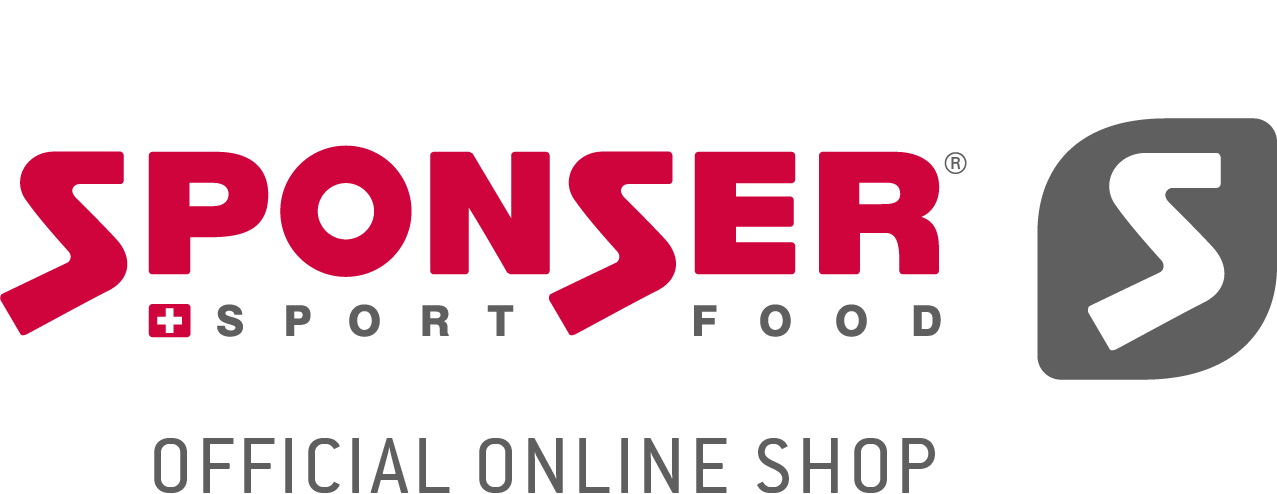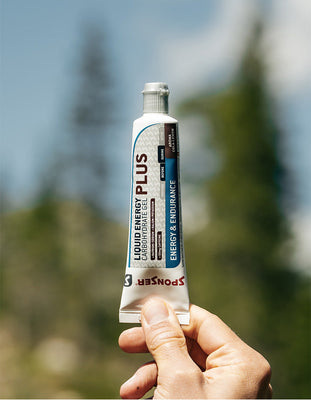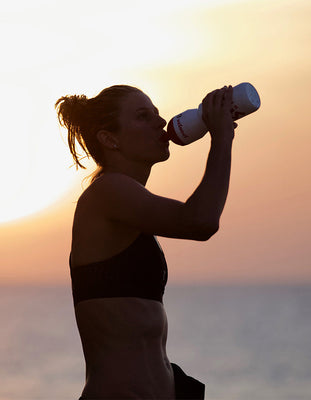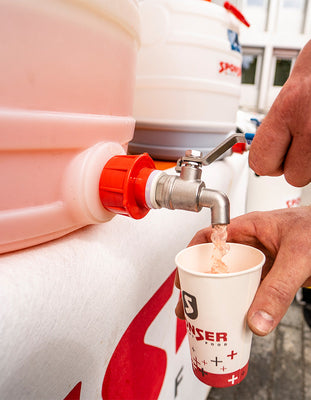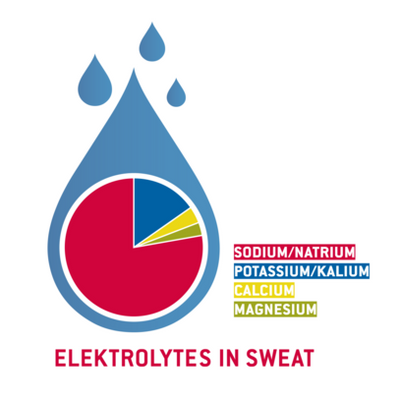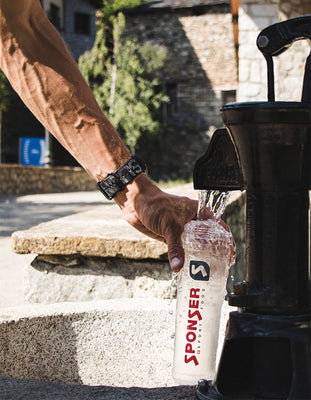
Central performance factors
The longer a competition or training unit lasts, the more decisive the energy supply becomes. Even the best engine stops when the tank is empty!
Carbohydrates & Fat
Basically, the body has two main energy sources: carbohydrates and lipids. While body fat, even in the best-trained professional athletes, still amounts to several kilograms and thus represents a high energy reserve, the storage capacity for carbohydrates is limited. These are temporarily stored as so-called glycogen in the muscles and liver. Studies show that for most athletes these maximum carbohydrate reserves in muscle and liver (glycogen stores) are in the range of only approx. 500g glycogen. However, each gram means an about three times higher, temporary body weight gain, as glycogen is stored in the body under water retention.
Intensity decides
Trained athletes metabolise fatty acids efficiently in low intensity ranges for energy use. However, lipid oxidation becomes increasingly difficult at higher intensities. The higher the intensity, the greater the proportion of carbohydrates in the energy metabolism. During peak power, the body almost exclusively burns carbohydrates, as these can be converted into energy more easily than fatty acids and require less oxygen.
Limited energy intake
Even with full glycogen stores its energy content is burnt about 90 minutes into competition, often earlier. In order to maintain performance, a targeted and needs-based carbohydrate supply is therefore crucial for activities lasting more than 90 minutes. The limiting factor, however, is that carbohydrates cannot be absorbed or metabolized in any quantity per time unit. Depending on the type of sport and the physiological conditions of the athlete, it is assumed that the absorption capacity is usually between 60-90 g carbohydrates per hour. This also depends to a large extent on individual and situational tolerance, as the absolute metabolic rate of carbohydrates can be quite higher at up to 120 g per hour. When cycling, for example, energy absorption and digestion are easier than when running, where the constant shocks cause a higher gastrointestinal stress. Nevertheless, practical findings from top-level sport suggest that the absorption capacity of carbohydrates can be trained under stress.
Carbohydrate sources
From an energetic point of view, it is basically irrelevant where the ingested carbohydrates come from.
Sport drinks provide well-tolerated carbohydrates, and no chewing is hindering breathing.
Advantage: Easy handling, "All in one" (CHO, electrolytes, fluid)
Gels provide quickly available carbohydrates, without chewing and with low intake volume. Fluid should/must be provided separately.
Advantage: Practical handling, energy intake is independent of fluid ingestion
Energy bars provide fast and slow-available carbohydrates. They are particularly recommended for extended durations/distances, especially at slightly lower intensities.
Advantage: beneficial for gastrointestinal function
In practice, athletes mainly use drinks and gels for shorter endurance activities, while for longer strains (bike marathon, Ironman etc.) the proportion of solid food is becoming increasingly important.
Conclusion:
At competition loads from 90min on, an optimal carbohydrate supply is crucial for performance. However, the intake should be initiated earlier on. For optimal performance we recommend dosages of 60-80 g carbohydrates per hour. Pay attention to a regular energy supply, and also orientate your fluid intake according to your thirst feeling. Sport drinks, gels and energy bars are proven carbohydrate sources, which are often used in combination depending on duration, intensity and personal preferences. The higher the intensity and the longer the activity, the more important is their gastrointestinal tolerance. The intended competition food and carbohydrate intake should be tested in advance during training and, where possible, further optimized. Please read also the related articles below, especially ELECTROLYTES and FLUID REPLACEMENT. Wherever the carbohydrate stores lead to a limitation of performance over time, also fat metabolism (lipid oxidation) should be specifically trained.
Related articles
on » endurance performance
on » energy & carbohydrates
on » race nutrition
shop » energy & endurance
goal » energy & endurance
goal » professional & competitive sports
